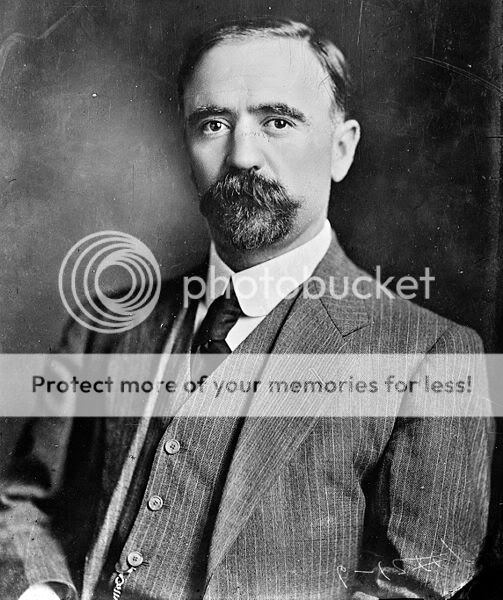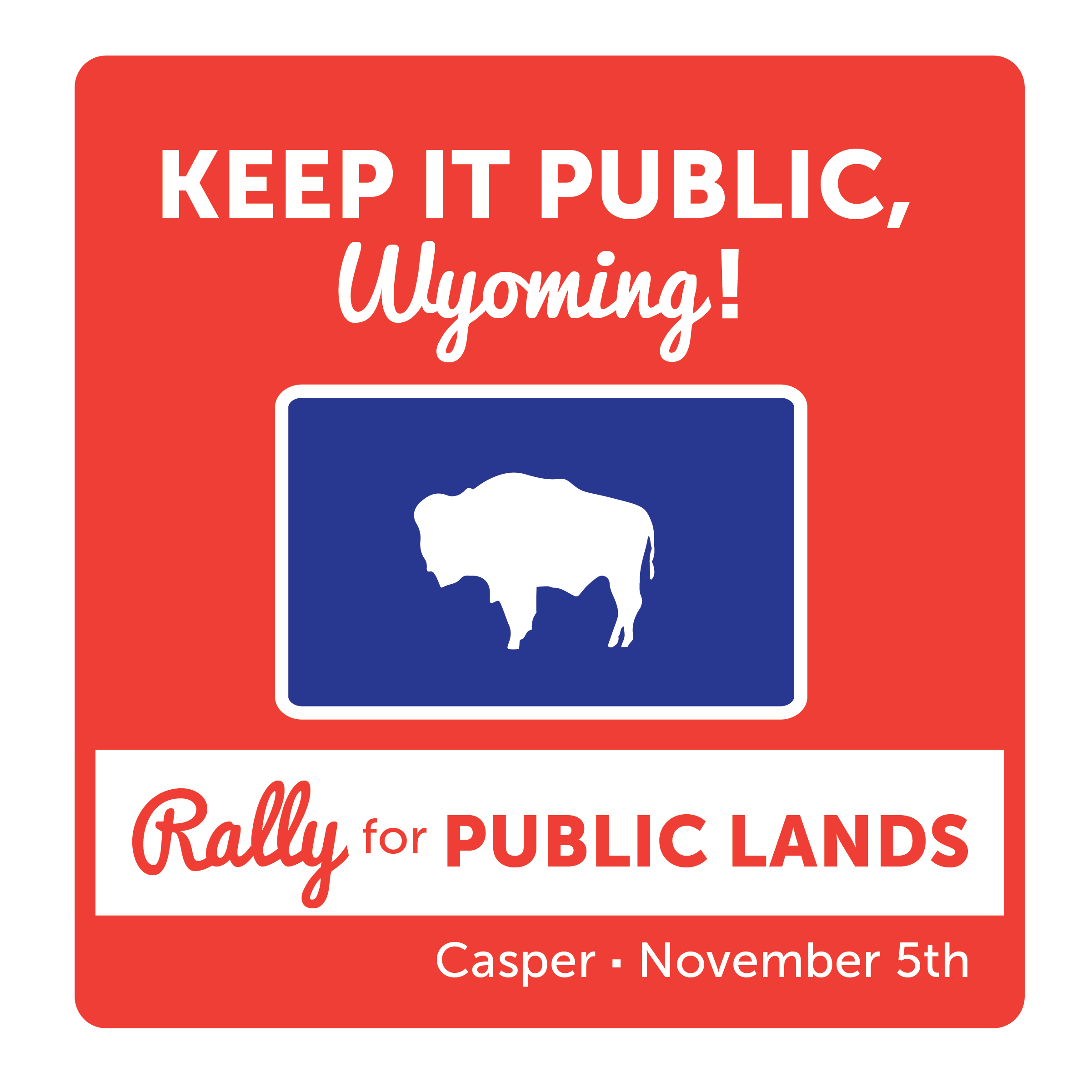Today is All Souls Day.
Today is Statehood Day in North Dakota.
Today is Statehood Day in South Dakota.
1812 Robert Stuart and five others began construction of a cabin at the mouth of the Poison Spider Creek in Natrona County.. The cabin was the first cabin known to be built by European Americans in Wyoming, although this does not discount the possibility that French Canadian trappers may have built structures earlier.
The temporary cabin proved to be very temporary, as it happened to be built in area of inter Tribal Indian strife and, therefore, was a dangerous location. Smith and company soon pulled up stakes and relocated for the winter in the location of the current Scotsbluff Nebraska.
For many years, this cabin was marked by a Wyoming Historical Marker sign noting it as the "First White Man's Cabin in Wyoming", but the sign came down some 20 years ago and was never put back up.
1824 In the popular vote Gen. Jackson beat John Quincy Adams in the race for the Presidency, but subsequent actions in Congress would see the House elevate Adams, and not Jackson, to the office. This, of course, is not specifically Wyoming history, but the geography of what would become Wyoming was already mostly owned by the United States (with some still belonging to Mexico).
1875 The fourth session of the Territorial Legislative Assembly convened in Cheyenne. Attribution: On This Day.
1876 Future author Charles King, 1st Lieutenant 5th Cavalry, serving in the U.S. Army, was detailed to engage in scouting in Wyoming and assigned to Ft. D. A. Russell where he would stay until July, 1877.
King would have an interrupted military career, serving as late as the 1890s in the Philippines after having had a career in the Frontier Army. While not well remembered in general for his literary works today, his books on the Frontier are still fondly recalled by those who study and have a fondness for the Frontier Army.
1880 James A. Garfield elected President.
Garfield was honored in at least Casper Wyoming, many years after his death, through the naming of a public school in his honor (which I attended eons ago). Garfield Elementary School was school constructued in the 20s or 30s, and added on to during the 1950s or 1960s, and renamed to that name in the process. During the reorganization of the Natrona County School District's schools in recent years, that school was closed and sold, but the name retained and applied to the existing Willard Elementary School, whose name was also retained placing two names on a single school.
1889 Wyoming's neighbors North Dakota and South Dakota became the 39th and 40th states.
1907 Former Governor John E. Osborne married Selina Smith of Princeton Kentucky.
1908 A music school opens in Sheridan Wyoming. Attribution: Wyoming State Historical Society Calendar.
1916
The Wyoming Tribune for November 2, 1916: Attacks on Kendrick, Mexican rebel outrages, and other news
Presumably unaware that it was being attacked by The Cheyenne Leader on
the same day, for its Kendrick articles, the Tribune kept up the drum
beat. . . along with other shocking news.
The Cheyenne Leader for November 2, 1916: The Wyoming Tribune's attacks on Kendrick sponsored by Wall Street figure?
The Tribune had been (and will continue to) attacking John B.
Kendrick daily on a matter of a state land purchase. The Leader, in
today's issue, claimed that the attacks were sponsored by an out of
state opponent.
Even if they were, of course, the Tribune was staunchly Republican and
backing all the GOP candidates that year. And it was sensationalist at
the time as well.
1917
Freshman Caps? The Wyoming Student, November 2, 1917.
Freshman caps?
I'd never heard of such a tradition, and it certainly didn't exist while I was at UW, that's for sure.
It seems they were passed out around Halloween and you were compelled to
wear them, if you were a UW freshman, until the Thanksgiving break.
Based on the description, I guessed they were beanies. And in looking
up the term, I found that, yes, in fact, they were. Apparently this was a
widespread college tradition at the time. For example, the college
paper for Ohio State reported in a 2014 article:
Freshmen Buckeyes were required to put on another hat besides their thinking cap back in the day
Just over 100 years ago, the tradition of the class cap
was born, and all freshmen men were required to wear a class cap or
beanie as initiation into the university.
According to OSU archives, the cap tradition began in 1912
and its look changed throughout its lifetime at OSU, including styles
such as “jockey-style,” the “knitted toboggan” and the “peanut-shaped
skull cap.”
And Penn State's college paper recalled the tradition in a 2015 article:
UNIVERSITY PARK, Pa. — In 1906, upperclassmen at the
then-Pennsylvania State College voted to have freshmen wear something to
distinguish them from the rest of the students — thus the tradition of
the "dink" was born.
Easily identified by the small beanie
caps, freshmen were expected to know Penn State trivia and history and
were often randomly called upon by upperclassmen to prove they were
knowledgeable about their new school.
At least some schools preserve the tradition slightly:
RAT caps were first found on Georgia Tech’s campus in 1915. They were
originally called “freshmen caps” because of the white F on the front of
the cap standing for “Freshmen” rather than the traditional “T” we see
today. All freshmen were required to wear the caps every day until the
end of spring quarter unless Tech beat UGA in the fall quarter’s
freshman football game. Freshmen caught without their RAT cap were
subjected to punishment including what is known as the “T-cut”, which
entailed a student’s hair being shaved into the shape of a “T”. RAT
rules were enforced by Ramblin’ Reck Club and other upperclassmen.
Anti-hazing policies led to the end of RAT rules. Today, out of respect
for the tradition, freshmen receive a RAT cap at Convocation. Although
it is now a voluntary tradition, students are encouraged to show their
Tech spirit by wearing it to home football games. The marching band is a
proud supporter of this wonderful Tech tradition.
A line in the last paragraph suggests something that probably is self
evident. No matter what the traditional was, it'd be difficult for this
tradition to be carried on today. Even though this tradition is long
dead, some (student probably) commented on the Ohio State items thus:
This is flat out hazing. If we’re trying to remember this in a positive
light, the entire university needs to reconsider how we look at student
initiations.
Hmmmm. . . I'm certainly opposed to hazing, and I'm glad these weren't
around when I was in university, but that seems a bit of an over
reaction. Apparently some other reader (student?) also thought so as
well, starting off with "(***), you are softer than baby thighs." and
going on from there.
Well, a long gone hat related tradition. I know of a few others, but this is one that I frankly was completely unaware of.
___________________________________________________________________________________
Related threads:
Caps, Hats, Fashion and Perceptions of Decency and being Dressed.
1919 E. G. (Gerry) Meyer, Professor Emeritus of Chemistry and former Dean of College of Arts and Sciences at the University of Wyoming was born in Albuquerque, New Mexico. As of the date of this entry (2019) Professor Meyer was a alive and still occupying the noted position.
1948 Wyoming votes for incumbent Harry Truman in the 1948 Presidential election. Truman receives 52,354 votes to Dewey's 47,947.
1976. James E. Carter elected President of the United States.
Carter can be regarded as fitting into the more recent era of Wyoming's politics in which Democratic candidates have had a much more difficult time on a local and national level, in regards to Wyoming's elections. Carter himself was elected in the wake of the Watergate Disaster and was not a popular candidate in Wyoming, where he did not receive the state's support. No Democrat running for President has received any significant support in Wyoming since Lyndon Johnson.
1982 Governor Ed Herschler elected to an unprecedented third term. Attribution: Wyoming State Historical Society.
Gov. Herschler receving a Stetson from a ceremonial detail, dressed in the uniforms of the Frontier 5th Cavalry, U.S. Army, from F. E. Warren Air Force Base.
In contrast to Democratic candidates for Federal offices, Herschler is proof, along with later Governors Sullivan and Freudenthal, that the local Democratic party can still contend for the Governor's office, in spite of the decline in the Democratic Party's fortunes in Wyoming. Herschler was a popular Governor, and had an interesting personal history, including serving as a Marine Corps raider during World War Two.
2004 President George W. Bush was elected to a second term.
2010 Matt Mead obtains the majority vote in the Wyoming Gubernatorial election.
2012 It is reported that half of Wyoming County, West Virginia, was without power due to Hurricane Sandy.
2015: The City of Casper, in a special referendum, approved the reinstatement of a full ban on smoking in buildings open to the public. The history of the topic had been particularly bitter and confused, with an ordinance having been passed, then amended to allow smoking in bars, which was struck down by the Wyoming Supreme Court.

























































































